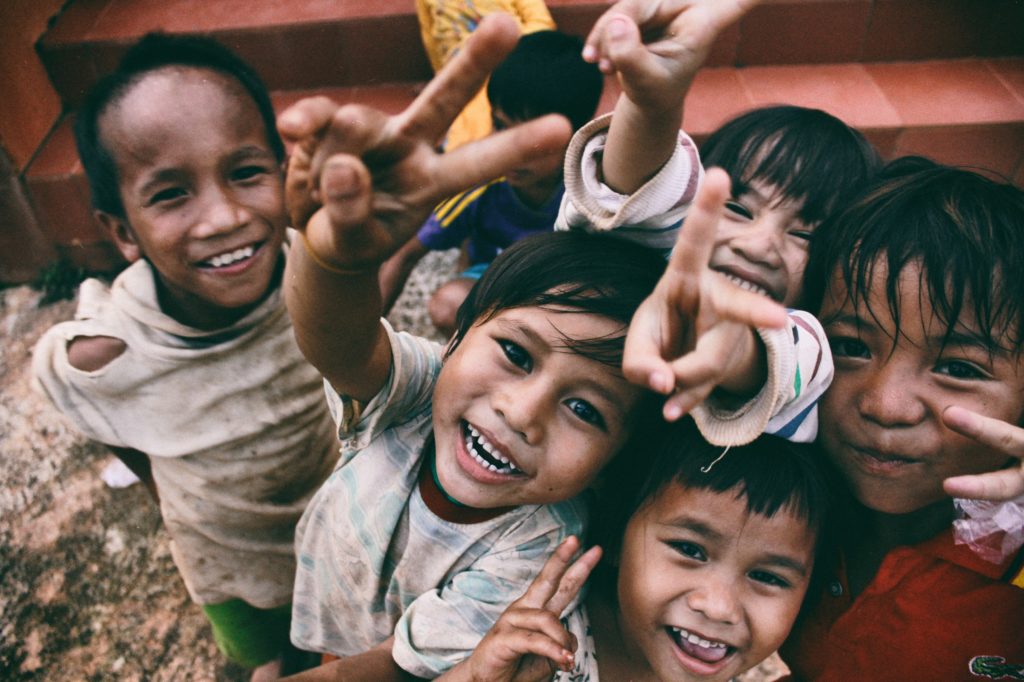It is obvious to say that they were all children at the same time, even the person who may seem more aggressive, angry, boring or toxic has already gone through this sweet stage of life that should be childhood, but it is not always pink. . For many people, childhood meant a period of life that they preferred not to remember.
And that ends up having a negative impact. This child grows up with low self-esteem, thinking that he is not worthy of love, that people will always abandon him, that he will depend on others to be happy or that he needs self-esteem. In adulthood all needs can be highlighted in the form of jealousy, anger, addiction or depression.
- We do not intend to place all the blame on what we feel now in our past.
- But it is important to recognize the influence it has on the present.
- In the present.
- To learn the tools we need to move forward.
Jeffrey Young is an American psychologist known to be the founder of schematic therapy, this therapy means that the person who suffers realizes the patterns that govern their life today and how they should be changed.
These patterns were learned in childhood and extrapolated into adulthood. The goal of therapy is to disable patterns and to be able to heal the child we carry in us.
If, for example, your mother abandoned you when you were a child and you couldn’t take care of them, chances are you’ll now often show the fear of being abandoned, which affects friendly, family or romantic relationships and can lead you to be abandoned. jealous, aggressive or dependent.
Let’s say this person so important to you who is your mother was conceived, for example, in your wife, then, as you think you’re not being nice, you mistakenly think she can leave you, just like your mother did.
In addition to the pattern of abandonment, are there others such as emotional deprivation, failure, vulnerability to harm, mistrust, etc. What for space reasons we won’t explain here. Everyone shares the peculiarity of being trained in childhood, either by the type of attachment to the family or by previous traumatic experiences.
Cognitive behavioral therapies are based on the modification of negative automatic thoughts and current beliefs, as well as the deactivation of certain repetitive behaviors that are dysfunctional, also work with emotions and their influence on our behavior and their evaluation.
One exercise we can do every day is to imagine ourselves as children, in a painful situation or that we do not overcome, close your eyes, relax and try to relive this scene as clearly as possible. went and felt the emotions you felt. Don’t run away from the sadness, anguish or anger you’ve been through. Let yourself be felt in all its splendor.
Once you’re immersed in the scene and feel like it’s that day, present the scene to your adult, with all the wisdom you have now, and let him help that child, the adult will kiss the child, wipe away his tears. , understand and say it will be there forever. In addition, the adult will ask the child what he needs and try to satisfy him, so you will have met his needs and helped this child, who is in fact yourself.
It is a very emotional exercise that helps to deepen our feelings and disable, in part and with great practice, the dysfunctional patterns that we have learned.
Main image by Amanda Cass.

